ChromeOS 69.0.3464.0 brings Plenty of Bugs, Better Together, Android P Styling, File Manager Changes and Crostini Support to More Devices
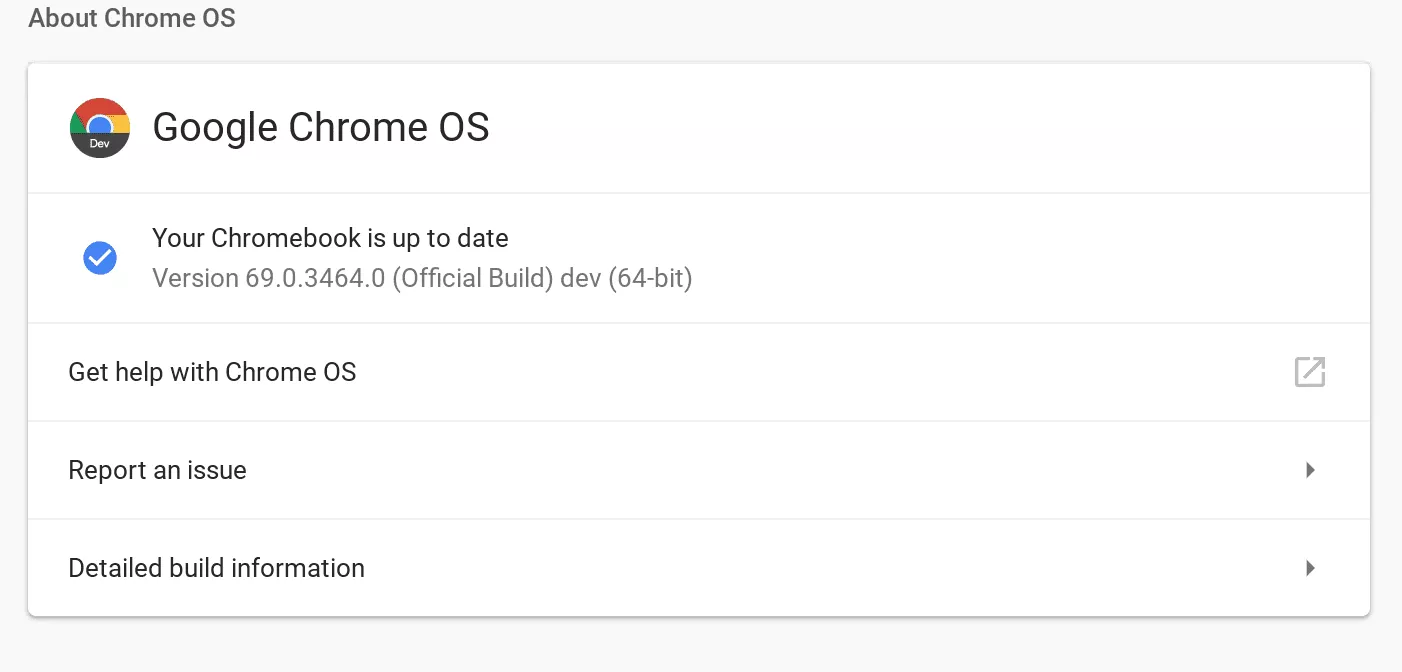
Update : June 21, 2018 – It seems that Google has pulled the update. Users who managed to install the update before Google pulled it can perform a rollback if the stability issues are making your Chromebook unusable. Rollbacks do require a powerwash which may or may not be a reason to hold out for a stable update.
It looks like Google has begun the rollout of ChromeOS 69.0.3464.0 to users on the “dev” channel. This is actually a major version increase as all previous updates were part of ChromeOS 68. Lets look at some of the changes Google has packed into this release – fair warning, there is A LOT in this release and plenty of bugs.
Disclaimer: This Page Has Been Archived
Please note that this blog post has been archived and may contain information that is outdated, defunct, or covers topics that are no longer of interest. It is being kept available solely for reference purposes, in case others might find portions of it useful.
For more recent and up-to-date tutorials, I recommend visiting KMyers.me or other websites that specialize in the topic you are interested in. It is always advisable to seek the most current information to ensure accuracy and relevance.
Overall Stability/Bugs
Let me start this post on a bad note as there are several problems with this release that may be a reason why I would advise some hold off on this upgrade. This is honestly a massive step backwards for the ChromeOS Team as previous Dev releases have normally been very stable. This goes to show why we do not install pre-production firmware on our production devices if we want stability
Browser Stability

Overall browser stability has taken a massive step backwards. Many of the pages I visited gave the following Aw Snap error after a few seconds of use.
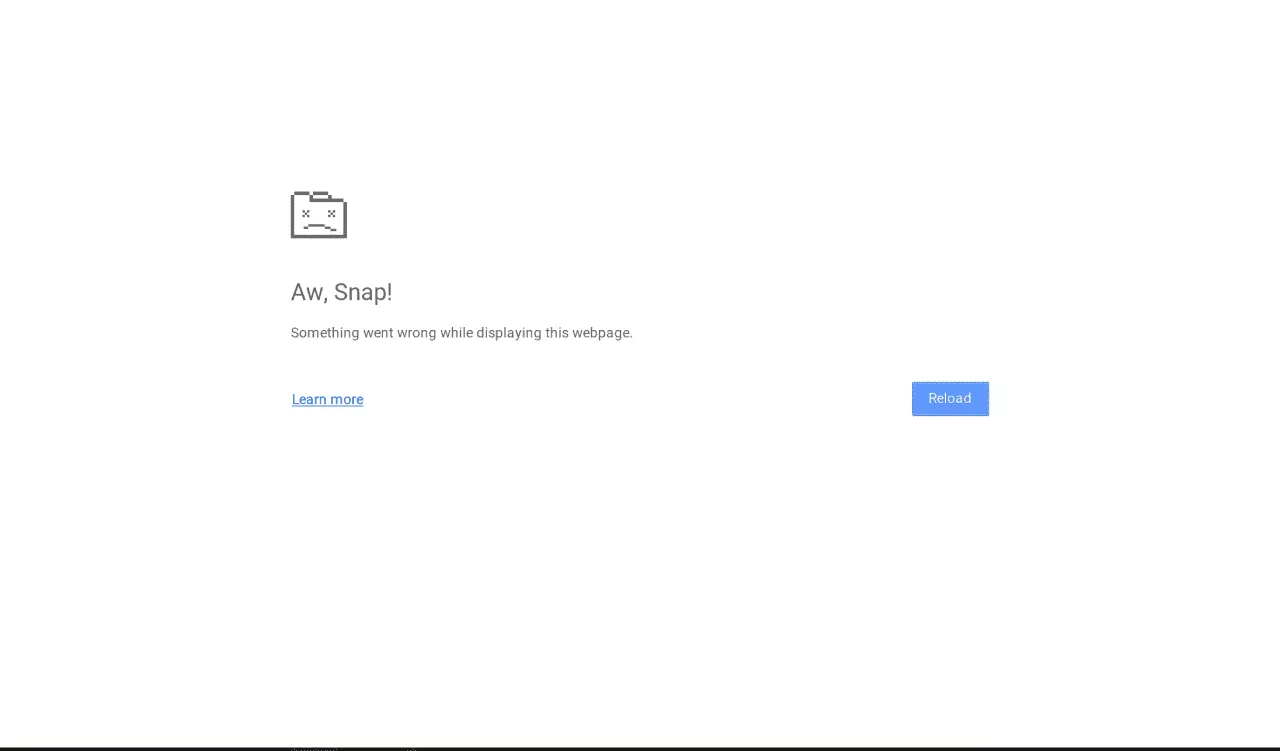
Hopefully this gets fixed real soon as it almost makes Chrome unusable.
Crosini
Sadly Crostini has also suffered a bit when it comes to stability. It took several reboots before I was able to get any Linux applications to run. I will do some more troubleshooting in this to see what can be done to help restore stability.
Touchpad Firmware Update
On the Pixelbook (and possibly other Chromebooks), you will now get a “Touchpad Firmware Update” message on each cold boot, regardless on how many times you allow it to install.
File Manager Crashes
While writing this article, I had several instances where the Chrome OS file manager would simply crash and refuse to open until a reboot was performed.
Green “Secure” on https:// Sites is Going Away
In a move that was announced last year, Google will be doing away with the Green Lock/Secure notification in the URL for websites that have a valid SSL/TLS certificate setup. Google has started the process of downplaying the “Secure” label by changing the color from a bright green to a subtle grey color.

ChromeOS 68 ChromeOS 69

Websites without a SSL/TLS connection will be labeled “Not Secure”

Crostini on the HP Chromebook X2 and other Devices
The Pixelbook and Samsung Chromebook Plus are no longer the only 2 devices to support Crostini as it is now rolling out to more users. I was able to confirm that it now works on the HP Chromebook X2 as well.
Chrome OS File Manager Changes
At first, the Chrome OS file manager was a very basic file manager that centered around the “Downloads” folder with deep integration to Google Drive. This recently changed with the File Manager gaining access to the Crostini Container (Linux Filesystem) and Android Filesystem just last month. The latest update to the Chrome OS File Manager has renamed “Android Files” to “Play Files”
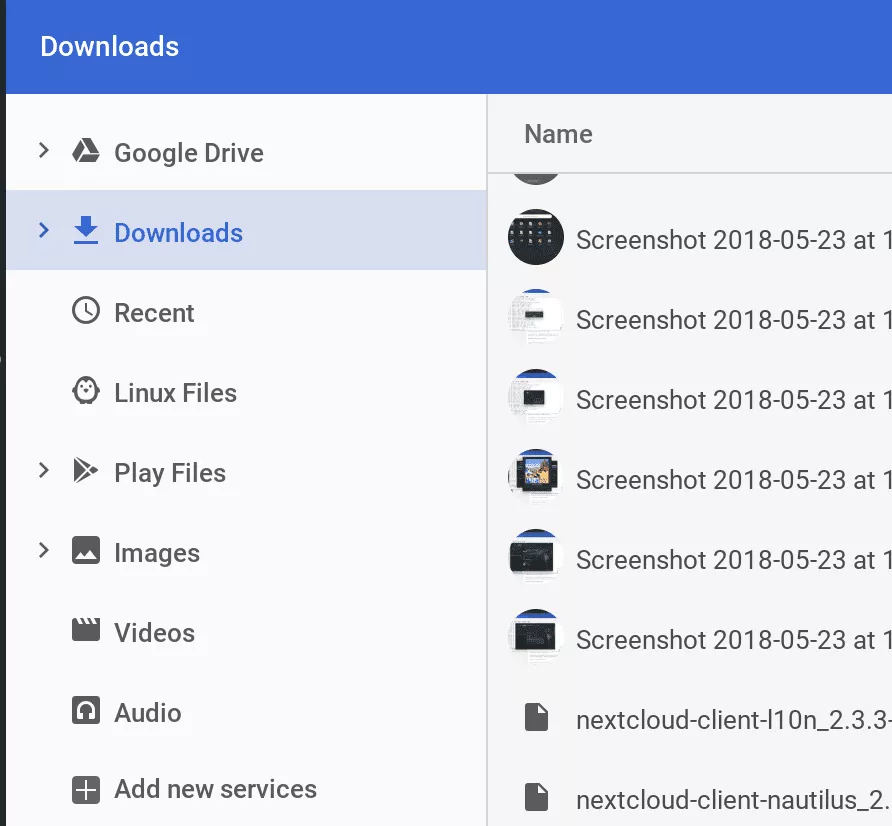
Sadly this new update has reduced some of the features as you will not longer be given access to “/” on the Android Filesystem, you can now only access a limited subset of folders (Movies, Pictures, Music)
Android P Style Menu Now Default
Love it or hate it but the Modern Android P Style Menu for Chrome OS is now live and set to default. This gives a simplified touch friendly way to interact with your Chromebook. I personally not a massive fan of this as my notifications tend to pile up and go off my screen.
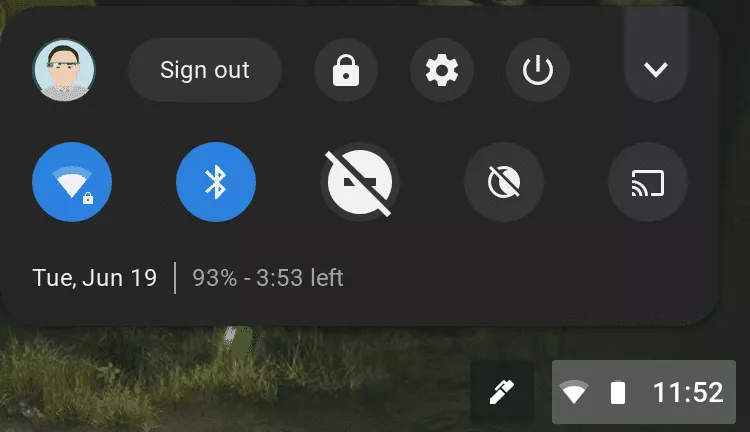
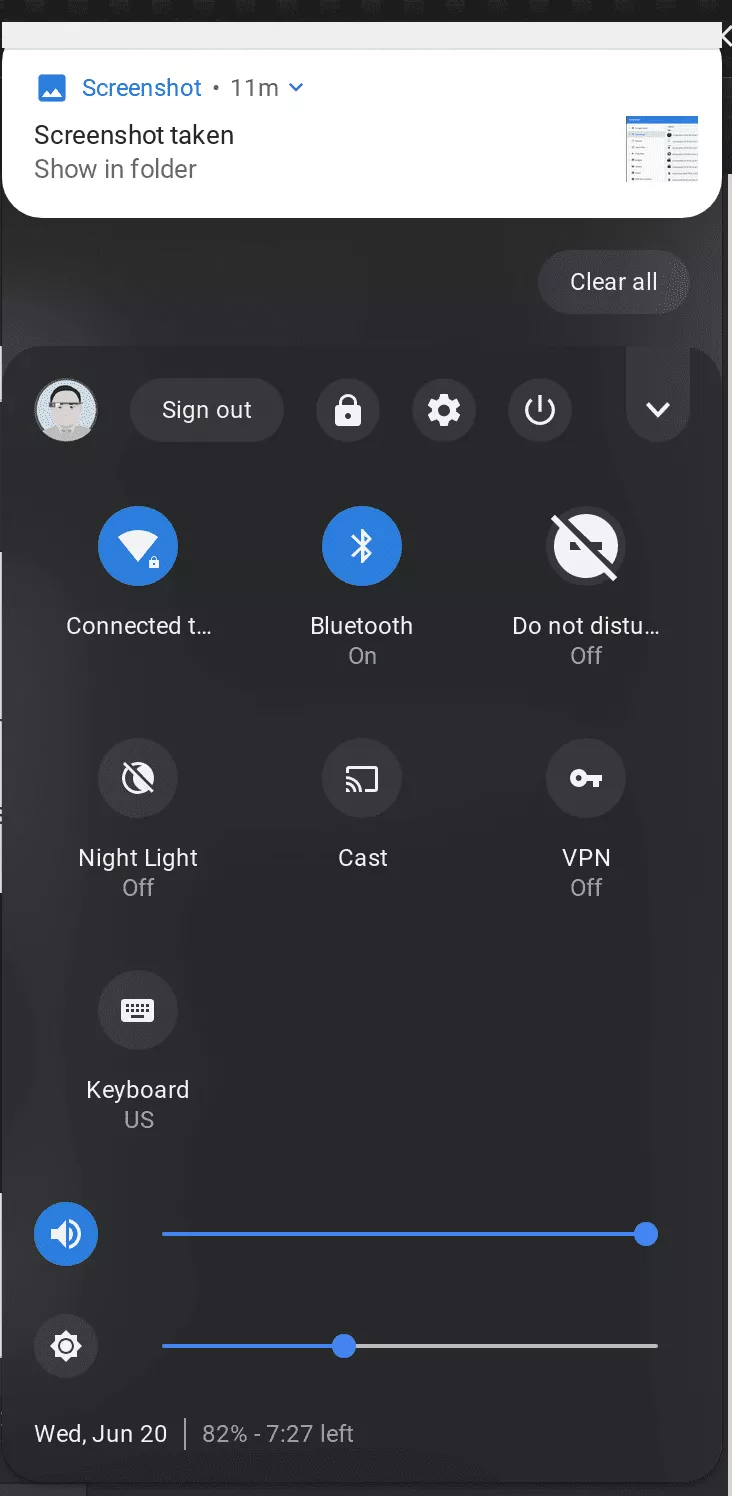
Warning when Activating U2F Token on the Pixelbook
I did have one major concern about Google’s implementation on of the U2F token on the Google Pixelbook that I rose with them on a private bug report. Google has acted on this concern by adding the following message when a user tries to activate the U2F functionality.
crosh> u2f_flags g2f
### IMPORTANT: The U2F feature is experimental and not suitable for
### general production use in its current form. The current
### implementation is still in flux and some features (including
### security-relevant ones) are still missing. You are welcome to
### play with this, but use at your own risk. You have been warned.
I will have a more detailed blog post about my concerns within the next few days.
Multidevice Flags Showing up/Better Together
Android users rejoice, we are starting to see the framework for deep integration with Android Phones in a future release of Chrome OS.
If you load “chrome://flags”, you will see a few new flags
Enable unified MultiDevice settings
If enabled, the Chrome OS Settings UI will include a menu for the unified MultiDevice settings. – Chrome OS
enable_unified_multidevice_settings
Enable unified MultiDevice setup
Enable the device to setup all MultiDevice services in a single workflow. – Chrome OS
enable_unified_multidevice_setup
Enables the MultiDevice API
Enable Mojo-based API which provides synced device metadata and the ability to connect to other devices associated the logged-in Google account. – Chrome OS
multidevice-service
When these flags are enabled, you will see a new feature pop-up in your Chrome OS Settings Application called “Better Together”
Sadly this feature is really just a placeholder as the “Learn More” page goes to a non-existent URL (chrome://foo-bar-multidevice-help-page/) and the “Setup” button does nothing.